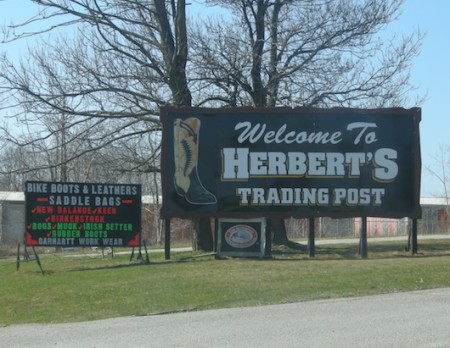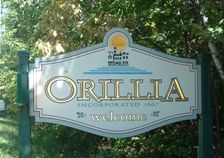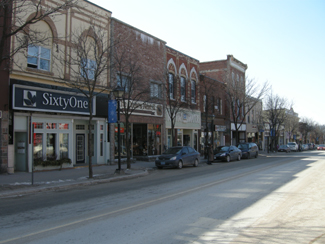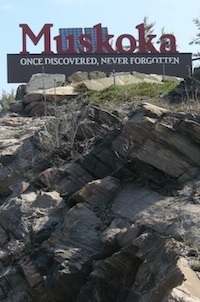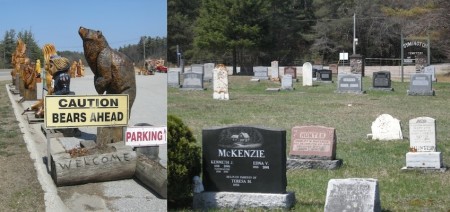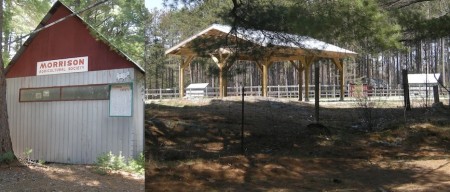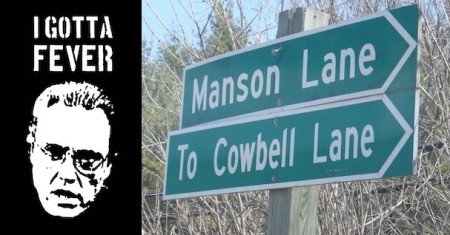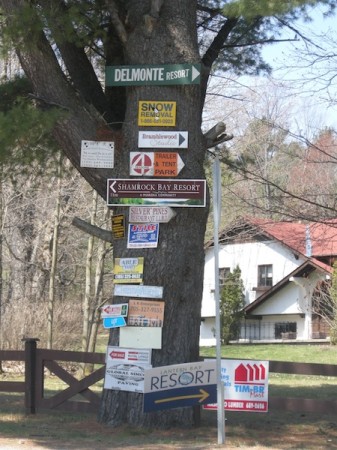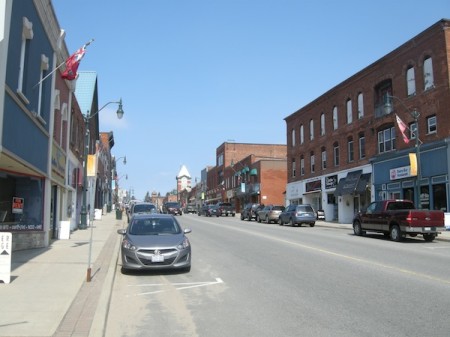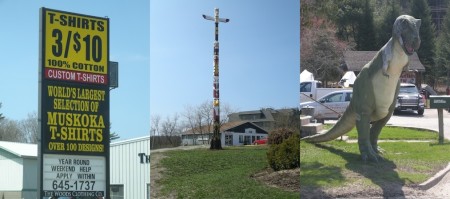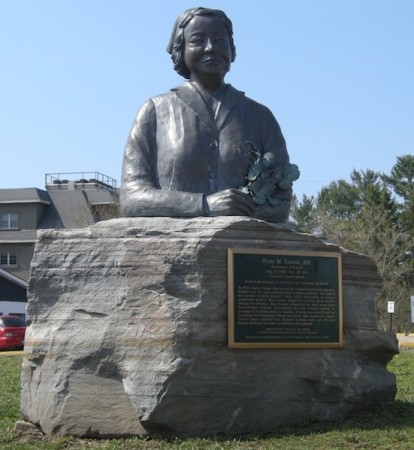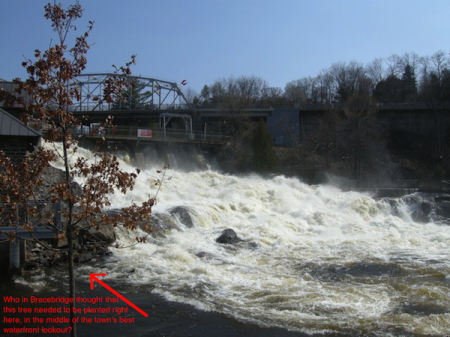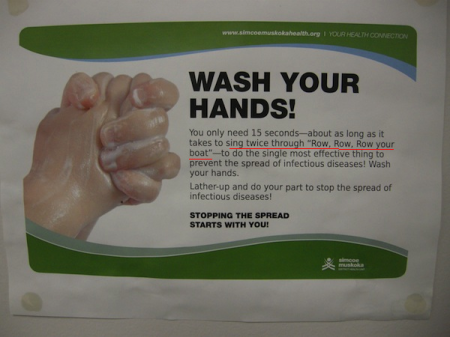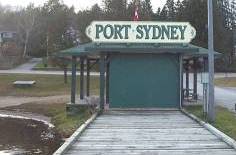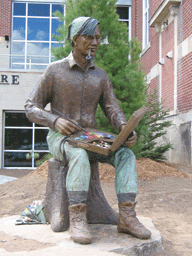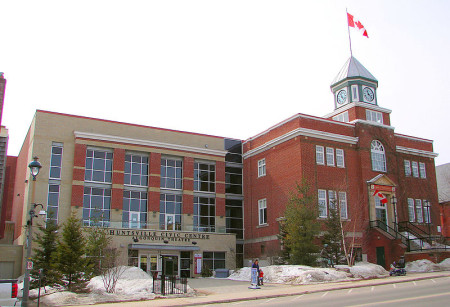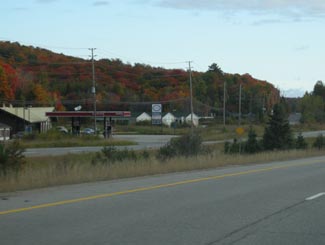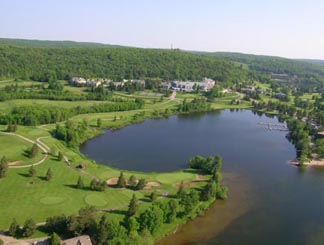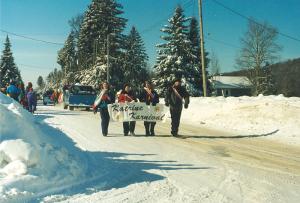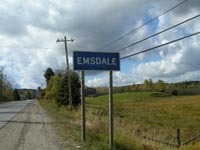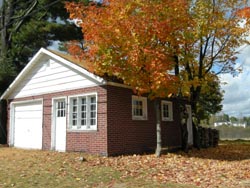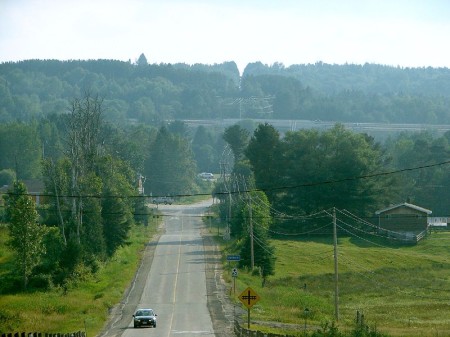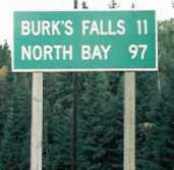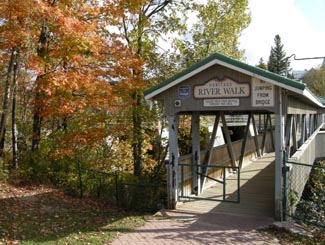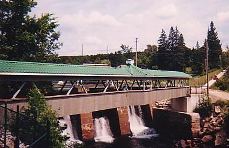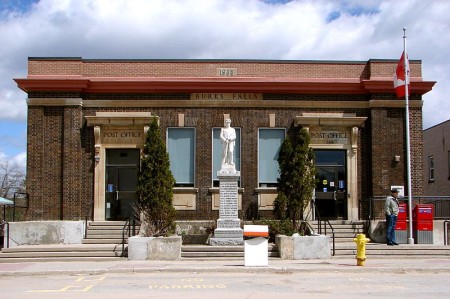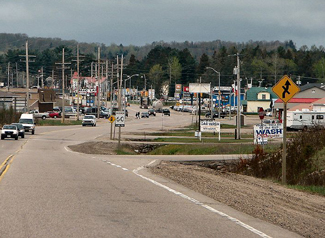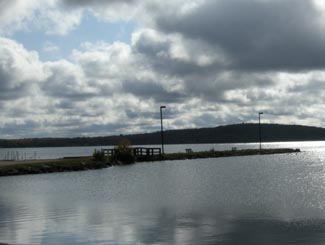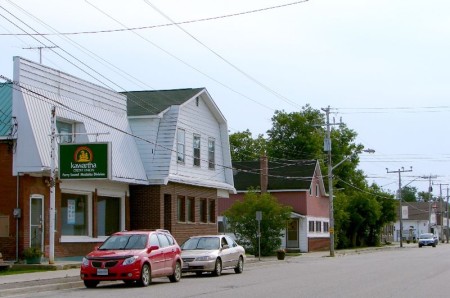Innisfil is the town in Ontario. Innisfail is its namesake out in Alberta. I’m going to get that out of the way and try my best not to make any typos and avoid any negative emails. For this site, typing Innisfail would be an epic fail.

For years, David Wilcox was never invited to play my hometown’s summer festival because the organizers thought that his crowd (baby boomer dads?) was “too rowdy”
Innisfil is pretty well-known throughout southern and central Ontario for its beach on Lake Simcoe and its outlet malls on Highway 400 near Cookstown. After driving down Highway 11 south of Barrie, however, I gotta say that I’m a little confused.
I knew that, administratively, Innisfil encompassed a collection of villages and hamlets south of Barrie and along the western shore of Lake Simcoe. But, I always thought that there was a specific settlement named Innisfil on Yonge Street / Highway 11. That may be the case, but it wasn’t apparent during my recent trip on Highway 11. My map reads: St. Paul’s, Stroud, Barclay, Churchill, Fennell, Coulson’s Hill, and then Bradford. No Innisfil in sight, other than in block letters over the region.
Innisfil has changed a lot since its first settlement in the late 1800s. After more than a half-century as a farming region, Innisfil has slowly become more commuter-focused. At one time, almost every house on Lake Simcoe was a recreational property. Today, more than 90 percent are year-round permanent residences.
Though the Ontario Stock Yards moved here from Toronto in 1993, Innisfil has gradually become less agricultural. It lost land to Barrie in 1967, 1982, 1993, and 2010 despite pressure to facilitate development for commuter residents bound for Barrie or Toronto. Book-ended by Barrie’s 135 000 people and Newmarket’s 80 000, Innisfil’s 32 000 (spread over over seven or eight communities) are facing the squeeze of urbanization. Contrast this to the depopulation problems faced by communities an hour or two further north and you’ll have a good sense of how Ontario’s diversity can be a challenge in creating political and societal consensus province-wide.
I don’t often advocate leaving Highway 11 for 400-series highways, but in the case of Innisfil you have my blessing. Not only if you’re going to the beach, but also if you’re looking for antiques. The Roadshow 400 Antique Mall is located right on Highway 400. And it is really fantastic, open during the week and weekends, with some of the best selection of antiques available day-in-day-out in Ontario. (It gives Southworks in Cambridge a run for its money.) And the yellow-and-black chip truck in the parking lot has a pretty decent poutine.

Don’t get distracted by the neighbouring flea market, focus on the antique mall at the east end of the complex.
The other reason to head off Highway 11 in Innisfil is Herbert’s Western Boots and Western Wear. One of two cowboy boots stores on Highway 11, Herbert’s has the best selection in western boots in the area, and I can attest that staff are helpful and low-pressure – willing to help you for hours if need-be, even if you can’t find the pair for you. (Keleher’s Western Boots and Tack, also in Cambridge, has a slightly larger selection.)

